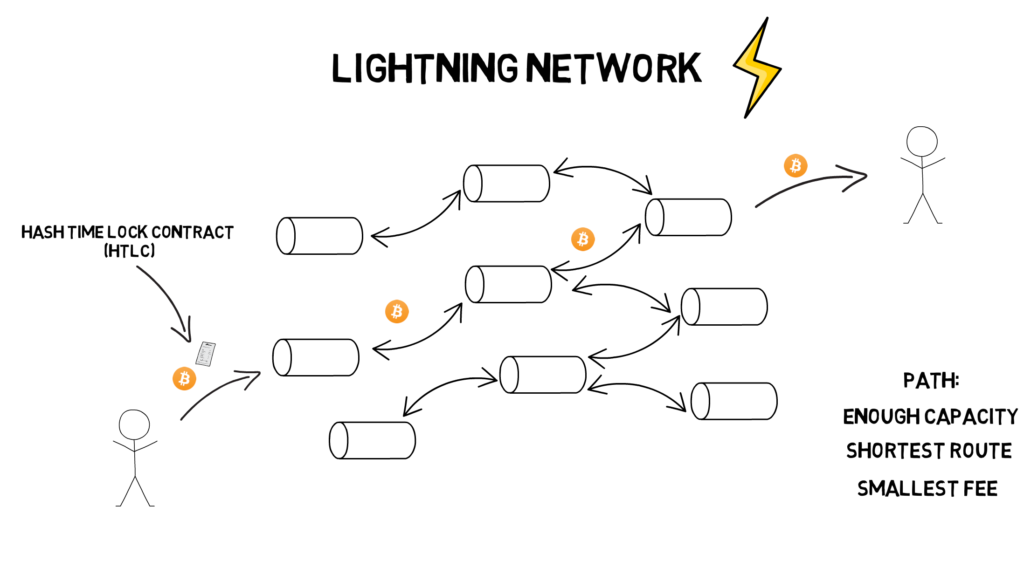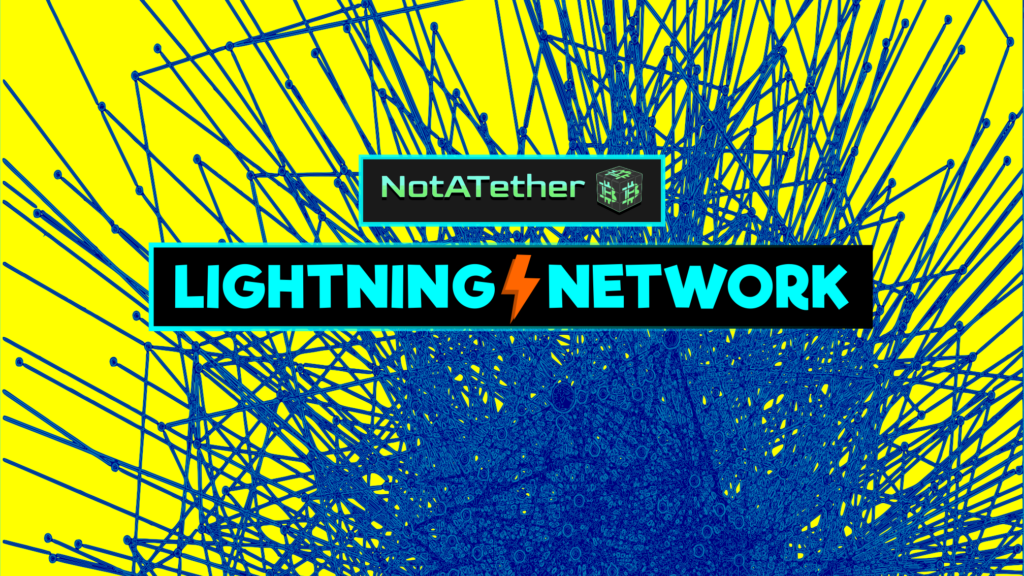The Lightning Network, or LN for short, is the second layer added to the Bitcoin network. This technology uses micropayment channels. This network allows transactions to be made outside the blockchain network. This feature increases the efficiency of transactions on the network and provides lower fees and faster transactions. Also, Lightning Network reduces congestion by removing transactions from the main blockchain, thereby reducing transaction fees. The network was designed in 2015 by Thaddeus Dryja and Joseph Poon. Lightning was introduced as an off-ledger transaction that, in addition to fees, could significantly solve the problems of transaction speed.

The difference between Bitcoin in Lightning Network and on-chain bitcoins
The identity of these coins is the same in each network and there is no difference between them. The only difference is their speed and fees, and Bitcoin also uses multi-signature addresses for its own transactions. Overall, the argument that bitcoin on the Lightning network is different from on-chain bitcoins is not true. What really happens is that the Lightning network bitcoins eventually flow to on-chain transactions.
the second layer on bitcoin’s main blockchain
This solution helped Bitcoin to do a lot of trading on the Lightning Network. Therefore with multiple payment channels, it can trade. These transactions are also processed when opening and closing a channel. So, transactions can be done between the two parties without pause and more quickly.
The reason: like the main blockchain, not all transactions need to be approved by all nodes within a blockchain.
By combining separate payment channels between the two parties, lightning nodes are formed that can trade more quickly. And the connection of these channels forms a wide network of Lightning.

Cost of transactions in Lightning Network
However, every wallet tries to use the shortest and cheapest way to transfer. Creating a direct channel between the parties is another feature of Lightning Network. Therefore By creating a direct channel between you and the other party, you can do your transactions with a small fee. However, if the node path is closed or for other reasons, the network can solve the problem by splitting the transaction into several smaller transactions and transferring them through different channels.
The Future of Bitcoin’s Lightning Network
This network always uses new features to reduce network fees as well as increase transaction speed. This network will definitely evolve a lot in the future. As we have seen significant growth in this network over the years, we can see the evolution of the Lightning Network in the future.

